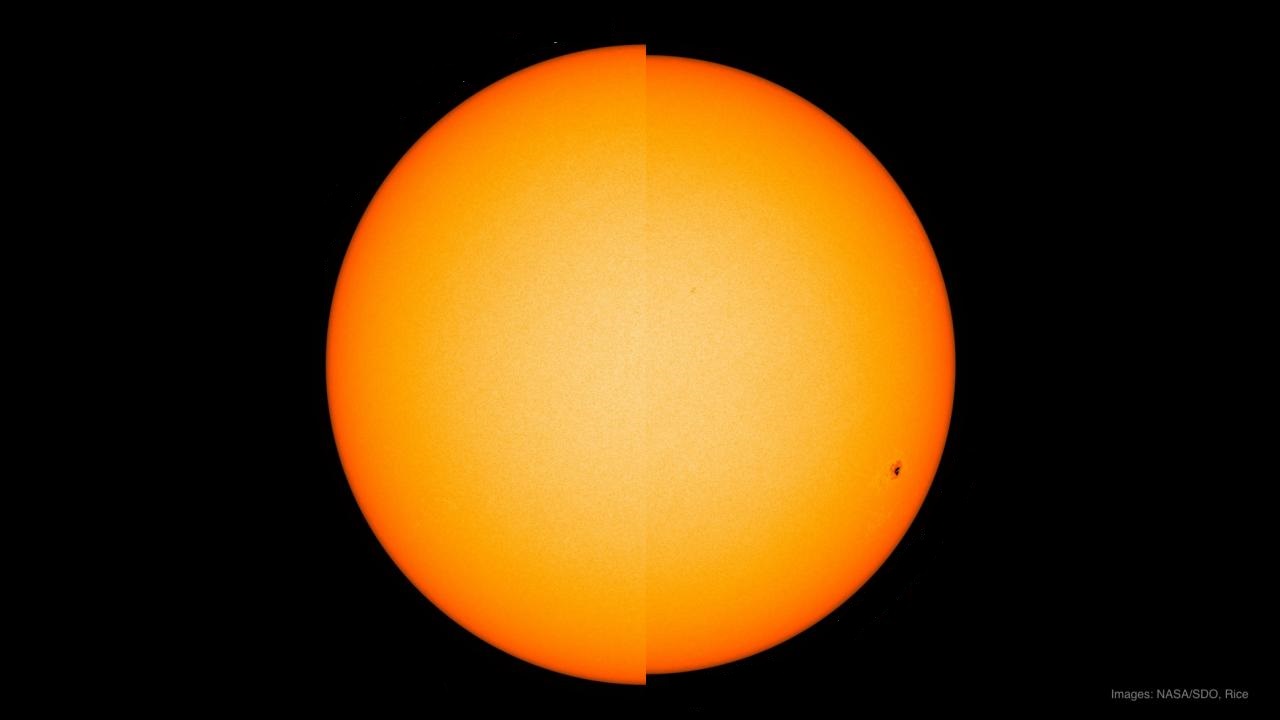Every year at the beginning of July, our planet passes aphelion — the most distant point of its orbit from the Sun. The fact that it does this in the summer should not be confusing: do not forget that it is winter in the Southern Hemisphere, that is, the seasons on Earth are not “tied” to its heliocentric distance. As a rule, it turns out to be in aphelion on July 3-4, but this year it will happen on July 6. Where did such a significant delay come from?
First, let’s not forget that next year is a leap year. One orbit of the Earth around the Sun lasts not exactly 365 days, but almost 6 hours longer, and every next year it passes through the same points of its orbit about 6 hours later. To compensate for this discrepancy, another day is added to the calendar every 4 years. It allows to “step over” the accumulated additional days, so that the moments of the solstices and equinoxes return to their “usual” dates. The same is true for the moments of perihelion and aphelion.

But there is also a more important factor of the “delay” of the Earth. The fact is that it, like all other planets, does not actually orbit the Sun, but around the barycenter of the Solar System — the common center of mass of all the bodies that make up it. It is clear that comets and even large asteroids practically do not affect its position. But the gravity of the largest planet — Jupiter — causes the center of our luminary to deviate from the barycenter by an amount equal to a thousandth (more precisely, 1/1047 — exactly 1047 times the mass of Jupiter is less than the solar one) of the radius of the Jovian orbit. In terms of the units of length we are used to, this is almost 750 thousand km, that is, more than the solar radius.
It is easy to understand that the difference between the moments of passage of the Earth at the minimum distance from the barycenter and from the center of the Sun will differ the more strongly the direction to Jupiter will deviate from the apse line of the Earth’s orbit (an imaginary line connecting perihelion with aphelion). In 2023, this deviation is not much more than 90°, that is, it is close to the maximum possible. And Jupiter is also “helped” by other outer planets: although they have a noticeably smaller mass, they still “pull” the barycenter of the Solar System even further from the center of our star. All of them will face off in the autumn, except Saturn, which will do it on August 27.
Already next year, the date of the Earth’s passage of aphelion will “return” to July 5, and in 2025, when Jupiter again approaches the apse line, it will happen on July 3. However, this will not affect the life of astronomers, not to mention the ordinary inhabitants of the third planet from the Sun, in any way — all the changes in the “behavior” of our luminary that may arise due to the aforementioned date shift are so insignificant that they can be noticed only with the help of the most sensitive instruments.
It should also be noted that in the future, the “lateness” of perihelion and aphelion will occur more often. Since the Earth’s orbit is gradually changing under the influence of gravity of other planets, the passage of these points by the Earth is slowly shifting relative to calendar dates that are maximally “tied” to the moments of equinoxes and solstices. On average, this shift is one day in 58 years.
Follow us on Twitter to get the most interesting space news in time
https://twitter.com/ust_magazine
